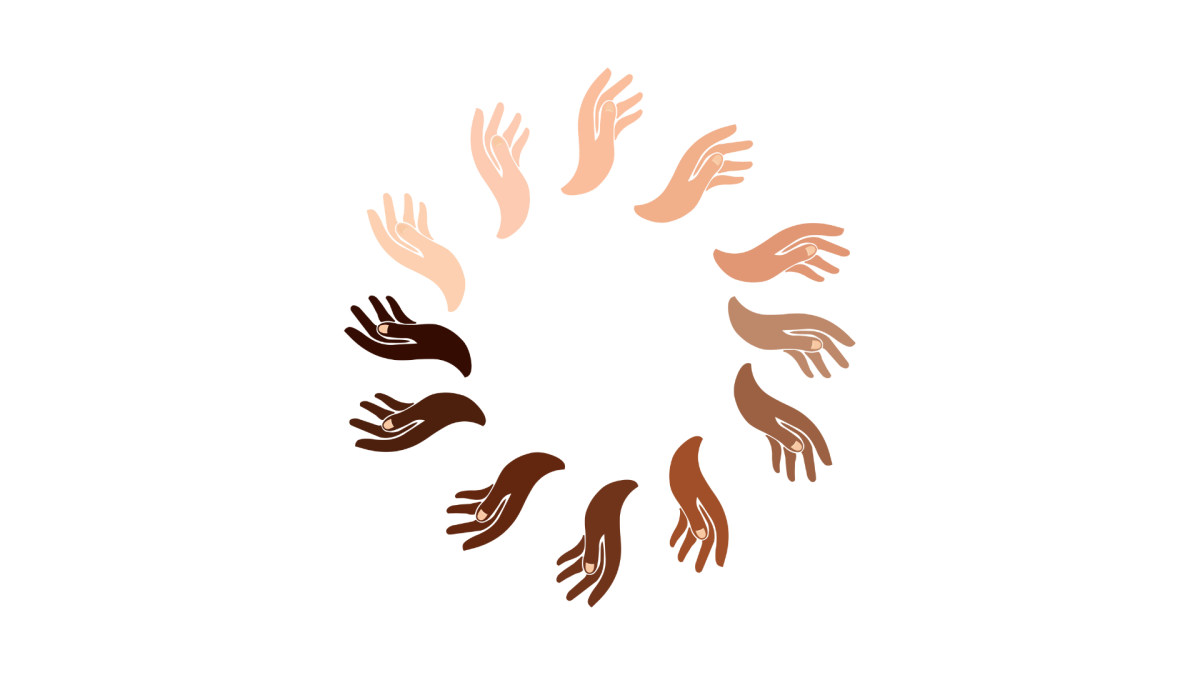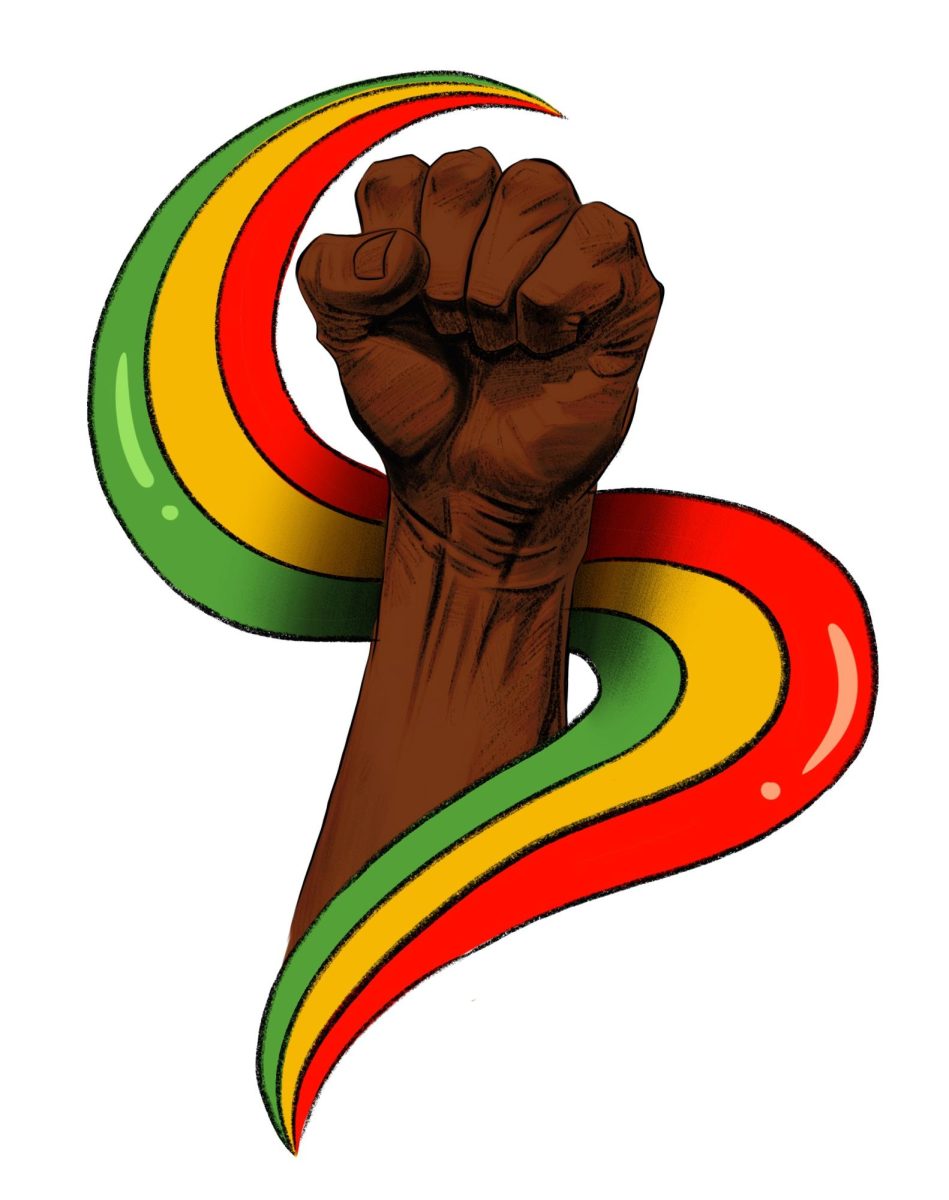On March 27, 1939, the first ever NCAA Division I men’s basketball championship game was played in Evanston. That’s right; the first-ever March Madness national championship was hosted by Northwestern in the Patten Gymnasium. Eight teams whittled down to two in a classic bracket-style tournament, with Oregon taking home the W. Little did they know, this small competition would grow into one of the biggest sporting events in the country. As the number of teams doubled in 1951, doubled again in 1975 and again in 1985, this annual tournament became known as the legendary March Madness basketball tournament (coined by an Illinois high school official!). Today, March Madness is one of the most anticipated sporting events of the year, and its various factors—one-game elimination, dramatic upsets and the infamous bracket challenge—have been directly responsible for its popularity throughout the nation.
I first experienced this tournament in fifth grade, watching the games on my school iPad and earnestly creating my first bracket. As my friends and I huddled around the device, scrambling between our brackets and the games, I began to realize that this sporting event was different from any I’d seen before. The cheers and shouts, the groans of exasperation and frustration—this was a level of investment completely foreign to me.
Now, as a junior in high school, the magic that comes with creating a bracket, seeing my teams succeed and fail and engaging in friendly competition with my friends has not worn off. And although it may seem cliche, as sports fans, what do we seek besides that magic? The feeling of being removed from your worries and engulfed in a world of exhilaration, feeling as though you have a connection with the players in the game and that you’re there alongside them. Experiencing the thrill that comes with being invested in a team is a unique feeling that March Madness brings every single game, and honestly, I don’t think any other sporting event does it better. It’s obvious that it faces off against some of the sporting giants, such as the World Cup, Super Bowl and World Series, but simply put, it holds its ground and then some. Though it may be controversial to say, in my eyes, there is no sporting event that is more engaging and entertaining than March Madness.
It all starts with the tournament’s size. With 68 teams, March Madness draws in fans all across the country and from a myriad of universities. Tying directly to this is the fact that it is a college basketball tournament; it’s not connected to any professional league. Though this may sound like a downgrade from the likes of the NBA Finals, it works in the tournament’s favor in a multitude of ways.
“A lot of sporting events are dominated by teams… They’re just not fun to watch,” junior Patrick Tu says. “I’d say March Madness is very unpredictable. The amount of underdogs you have, like the Cinderella teams, makes it very interesting.”
Although some teams are certainly better than others, the skill difference is small enough that any team can pull off an upset. On top of that, although fans of professional sports teams may be considered diehards, the personal connection that colleges have to their current and past students brings out a completely different type of loyalty.
Tu, a lifelong Michigan fan, explains how the college aspect of the tournament is the real game-changer for him.
“In the U.S., I think college sports have more passion behind them,” he says. “Fans of college sports care more about their teams.”
Junior Harrison Stracks brought up similar points.
“I think a lot of people already have schools that they root for: either their alma mater or family school. And going back to the size, in a professional league, you just don’t have enough teams to make a big tournament like this.”
However, March Madness has yet another ace up its sleeve.
About 40 years after the initial tournament in Evanston, 88 people in a Staten Island bar had the bright idea of filling out their own brackets and pitting them against each other. They were definitely onto something. In 2023, 56.3 million people filled out a bracket for March Madness, and it has become the focal point of the tournament. Whether it’s competing for money or battling your friends, the bracket challenge brings a level of investment that no other sporting event can rival.
“I mean, everybody’s heard of making a perfect bracket and it being impossible, but everybody thinks they can be the one to do it,” Stracks said. “So it’s really fun to make the brackets.”
And Stracks is right. The bracket challenge accentuates the fierce competition present in the tournament, making the one-game elimination format seem even more high stakes. It allows fans to participate in the event themselves and adds weight to the already crazy game-winners and upsets that make March Madness special.
As millions of people around the country get ready for March Madness 2024, my friends and I included, I have to say that the giddy fifth-grade excitement that I felt back in 2018 is still with me. While it’s true that there are countless more important things going on in our lives, it’s important to take a step back and just relish the things that bring you joy. Sports does that for a lot of people, and it’s safe to say that March Madness does it the best.






